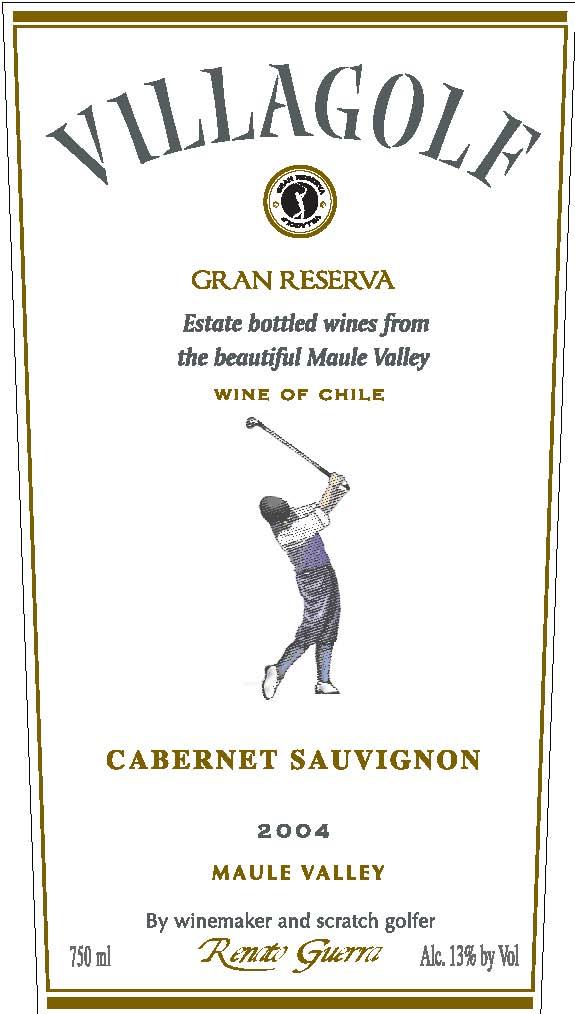2004 Maule Valley Cabernet Sauvignon
Villa Golf Villagole Cabernet Sauvignon from the illustrious Maule Valley presents a stunning example of this beloved varietal. With its deep red hue, the wine signals richness and depth. The nose offers an inviting bouquet of dark fruits, including blackberry and plum, complemented by subtle notes of vanilla and spice. On the palate, this Cabernet Sauvignon showcases full-bodied structure with a high level of acidity that provides refreshing balance, while the tannins linger gracefully, offering a firm yet approachable character. The fruit intensity is pronounced, making each sip a delightful experience, with a delightful dryness that invites further exploration. This 2004 vintage is a testament to the age-worthy potential of Cabernet Sauvignon, embodying the essence of the Maule Valley's terroir.
Villa Golf Villagole Cabernet Sauvignon from the illustrious Maule Valley presents a stunning example of this beloved varietal. With its deep red hue, the wine signals richness and depth. The nose offers an inviting bouquet of dark fruits, including blackberry and plum, complemented by subtle notes of vanilla and spice. On the palate, this Cabernet Sauvignon showcases full-bodied structure with a high level of acidity that provides refreshing balance, while the tannins linger gracefully, offering a firm yet approachable character. The fruit intensity is pronounced, making each sip a delightful experience, with a delightful dryness that invites further exploration. This 2004 vintage is a testament to the age-worthy potential of Cabernet Sauvignon, embodying the essence of the Maule Valley's terroir.




